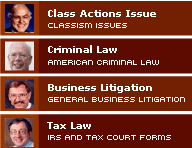
"This is effectively a national health crisis," said Eldo Bergman, director of the Texas Reading Institute, a Houston company that tutors hundreds of children who are not getting the help they need in public schools. "There's an awful lot of wasted human potential."
The Houston Independent School District is one of the most egregious offenders, with only 256 of its 200,000 students in dyslexia programs this year.
What's more, 70 percent of HISD's identified dyslexic students are concentrated in the district's more affluent west and central regions and 40 percent are white — about five times the percentage of white students districtwide. Although the disability doesn't discriminate, minority students are significantly underrepresented.
"Our numbers are low; we admit it," said Noelia Garza, assistant superintendent for special populations. "We have to make a more concerted effort to get the word out to parents. ... We may need to improve the way we communicate to teachers and administrators the process."
The district plans a $532,000 "dyslexia awareness campaign" in August with brochures, buttons, bookmarks, TV programs, a Web site and additional staff training.
Neighboring districts haven't performed much better. Less than 1 percent of students in the area are enrolled in a state-required dyslexia program, according to a Houston Chronicle analysis of data for more than 1 million school children.
"That's terrible," said Geraldine Miller, chairwoman of the State Board of Education, who championed Texas' dyslexia law. "Of all places, Houston ought to be the role model."









